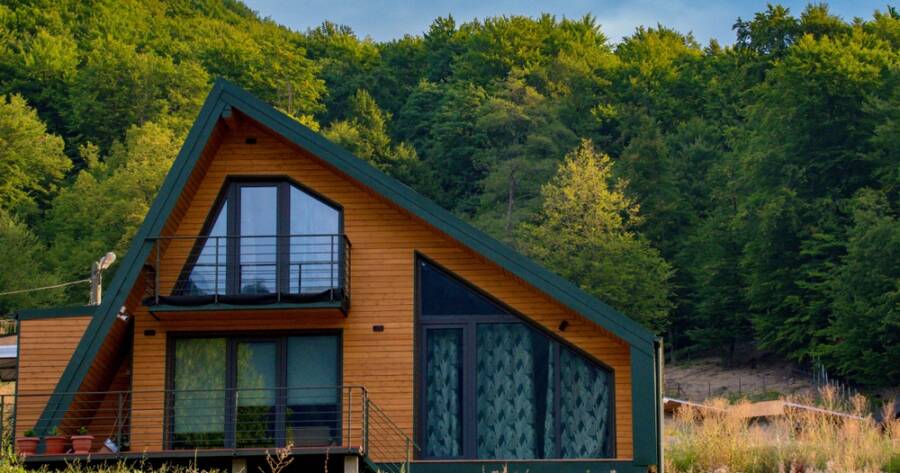As housing costs continue to rise and sustainable living becomes a priority, modular housing is emerging as a smart, stylish, and future-focused solution. In 2025, this once-niche sector is making waves in the real estate world—offering everything from sleek, modern designs to eco-conscious innovations that redefine what it means to live affordably and efficiently.
What Is Modular Housing?
Modular homes are built in sections (modules) in a factory setting, then transported and assembled on-site. Unlike mobile or manufactured homes, they are constructed to meet or exceed the same building codes as site-built homes. This approach drastically reduces construction time and waste while maintaining high standards of quality and customization.
In 2025, modular housing has evolved beyond the basics. It’s no longer just about fast builds—it’s about thoughtful design, energy efficiency, and smarter living.
Design Trends: Sleek, Smart, and Sophisticated
Today’s modular homes are anything but cookie-cutter. Builders are embracing architectural innovation and offering a wide range of modern aesthetics—from minimalist tiny homes to multi-story family dwellings with upscale finishes.
Key design features include:
- Open-concept layouts that maximize space and natural light
- Energy-efficient windows and insulation for better climate control
- Smart home integrations such as voice-activated lighting, security, and HVAC systems
- Flexible floor plans that can adapt to growing families or changing needs
With the ability to customize materials, layouts, and finishes, modular homes can now match—or even surpass—the design appeal of traditionally built homes.
Sustainability at the Core
One of the biggest driving forces behind modular housing in 2025 is its eco-friendly footprint. Building in a controlled factory environment results in less material waste, reduced energy usage, and a smaller carbon footprint.
- Popular sustainable features include:
- Solar panel installations and battery storage systems
- Low-flow plumbing fixtures and water-saving landscaping
- Recycled or renewable building materials
- Green roofs and advanced insulation for energy conservation
For environmentally conscious homeowners, modular housing offers a way to live in line with personal values without sacrificing comfort or style.
Affordability and Accessibility
Modular homes are generally more affordable than their site-built counterparts, with cost savings of up to 20–30% in some cases. Shorter construction timelines reduce labor costs, while standardized processes help avoid unexpected expenses.
Additionally, many companies now offer financing options tailored to modular builds, making homeownership more accessible to a wider demographic. Some governments and local municipalities are even exploring modular developments as a solution to housing shortages and affordability crises.
Urban and Rural Applications
From dense urban settings to off-grid escapes, modular homes are finding a place in diverse environments. In cities, modular apartment complexes and stackable units are helping to maximize limited space efficiently. In rural areas, customizable designs allow homeowners to build sustainably in remote or scenic locations without waiting months for construction.
The Future Is Modular
Modular housing in 2025 is no longer a backup plan—it’s a bold, forward-thinking choice. Combining style, sustainability, and smart design, these homes meet the demands of modern living while making homeownership more attainable.
As the housing market continues to evolve, modular homes are stepping up as a compelling solution—one that’s faster, greener, and more adaptable than ever. Whether you’re dreaming of a minimalist escape or building your forever home, the modular movement might just be the future you’ve been waiting for.

